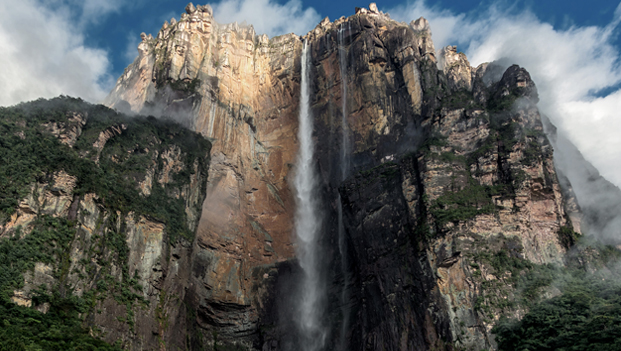8th February 2016
What is a Cusec?
Cusec is a method of measuring the flow rate of liquids. One cusec is 1 cubic foot per second. It means a volume of water 1 foot high, 1 foot wide and 1 foot long travelling a distance of 1 foot in 1 second. One cusec is equivalent to 0.028317 cubic metre per second. Mostly the cusec is applied in measuring the flow of liquid, such as flow of oil in pipelines, and especially the flow of water in the rivers and its quantum of release through barrages, dams, etc., during floods.





